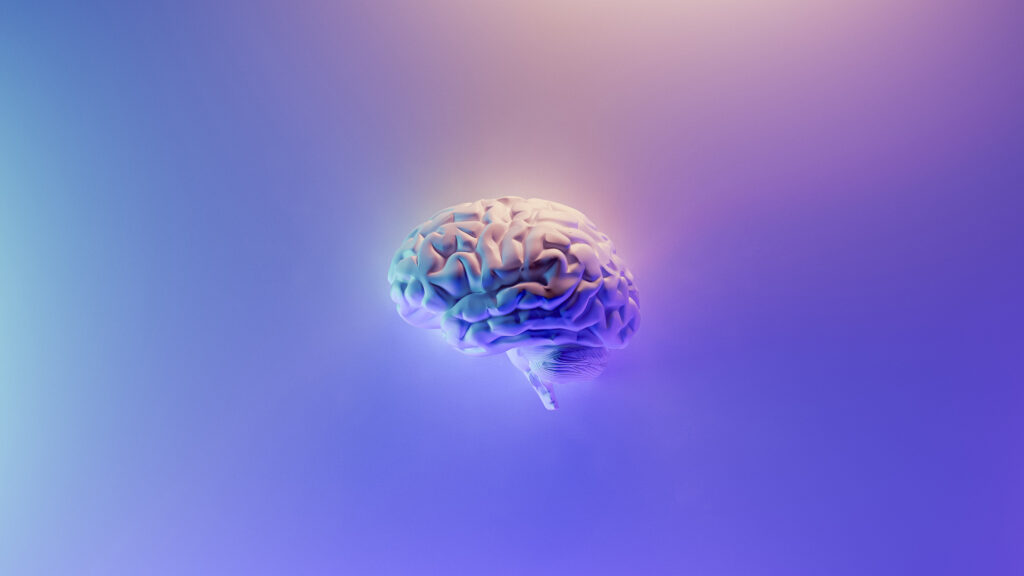In a groundbreaking clinical trial, researchers have explored the potential benefits of cell transplantation in patients with chronic traumatic brain injury (TBI). TBI can have a lasting impact on a person’s life, with symptoms ranging from headaches and dizziness to memory problems and emotional disturbances. Current treatments have focused on managing the consequences of the injury, but there is limited success in regenerating damaged neurons in the brain.
A study, Autologous bone marrow mononuclear cell transplantation in patients with chronic traumatic brain injury—A clinical study, looked into the potential of stem cell therapy for TBI.

Results of the Study
The study aimed to assess the safety and effectiveness of using a patient’s own bone marrow cells (BMMNCs) to help repair the damage caused by TBI. The trial involved 50 patients who received an injection of their own BMMNCs directly into the fluid surrounding their spinal cord. Along with this innovative treatment, patients also received personalized rehabilitation programs including therapies such as occupational therapy, physiotherapy, aquatic therapy, speech therapy, and psychological intervention.
The study population consisted of 42 males (84%) and 8 females (16%), ranging in age from 7 to 64 years, with a mean age of 29 years. The primary objective of the trial was to evaluate the effectiveness of the treatment in helping patients improve their brain function, cognitive abilities, and overall quality of life. To prepare for the procedure, patients were given injections to stimulate and mobilize their bone marrow stem cells. Bone marrow was then collected, and the BMMNCs were separated and injected into the patient’s spinal fluid. Some patients underwent a second round of treatment six months later.
Researchers monitored patients’ progress using functional independence measures (FIM) and brain imaging (PET CT scans) to assess changes in brain activity. A subgroup analysis was performed to examine the impact of factors such as age, number of treatments, time since injury, and injury severity on the outcome.
Impressively, 90% of the patients demonstrated some degree of improvement following the treatment. Specifically, 50% of these patients experienced significant improvements, while 16% had moderate improvements, and 26% had mild improvements. A small percentage of patients (8%) did not show any noticeable change.
During the follow-up period, which had an average duration of 22 months, patients reported improvements in various aspects of their daily lives, such as balance, memory, motor skills, speech, posture, communication, psychological well-being, and cognition. In addition, 60% of the patients exhibited improved scores on a scale called the Functional Independence Measure (FIM). This scale is designed to assess how well patients can perform daily activities without assistance, covering both motor and cognitive domains.
The researchers also analyzed factors that could influence the outcome of the treatment, including the patient’s age, the number of treatment doses, the time since the injury, and the severity of the injury. Interestingly, younger patients (under 18 years old) demonstrated better improvements compared to older patients. This can be attributed to the fact that younger individuals have greater brain plasticity, which allows for more effective adaptation and recovery following an injury.
In contrast, the number of treatment doses did not seem to affect the outcome, as 60% of patients from both single-dose and double-dose groups showed improvement in FIM scores.
Regarding the time since the injury, 76.66% of patients who underwent cell transplantation within 5 years of their injury demonstrated improvement in their FIM scores compared to those who received the intervention after 5 years. This suggests that intervening earlier in the recovery process might lead to more effective results, as the chronicity of the injury can make repair more difficult.
Moreover, patients with mild TBI experienced better outcomes compared to those with moderate or severe TBI. In the study, 62.96% of patients with mild TBI showed changes in their FIM scores, indicating better functional recovery.
The safety of the cell transplantation treatment was carefully monitored throughout the study. Only one patient experienced a headache as a procedure-related side effect, while two patients had seizures that were managed with medication. Importantly, no cell-related adverse events were recorded, even in the longest follow-up period of 71 months, which highlights the long-term safety of the treatment.
The cell transplantation treatment showed great promise for patients suffering from traumatic brain injuries. The majority of participants experienced various improvements in their brain function, cognitive abilities, and daily life activities. The results of this trial indicate that further research is warranted to continue exploring the potential of this treatment and refining its application for patients affected by TBI. Researchers are optimistic that, with ongoing study and development, cell transplantation could become a valuable therapeutic option for individuals coping with the challenges of traumatic brain injuries.

